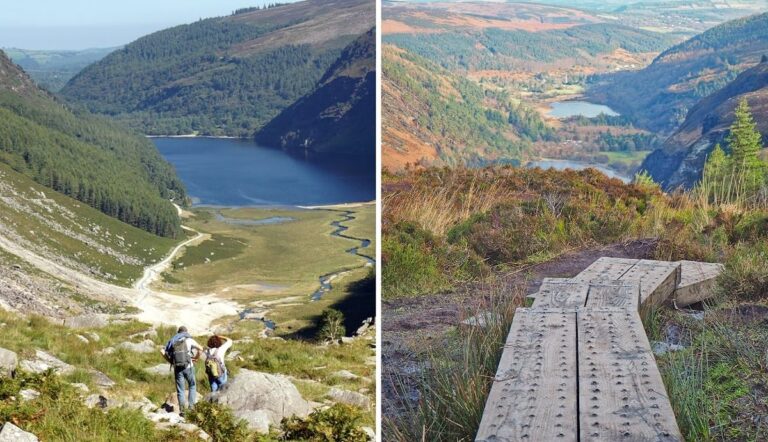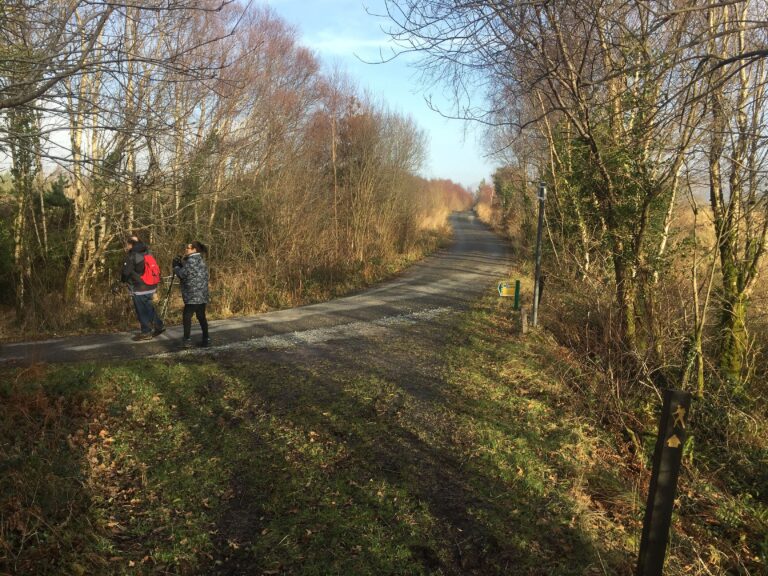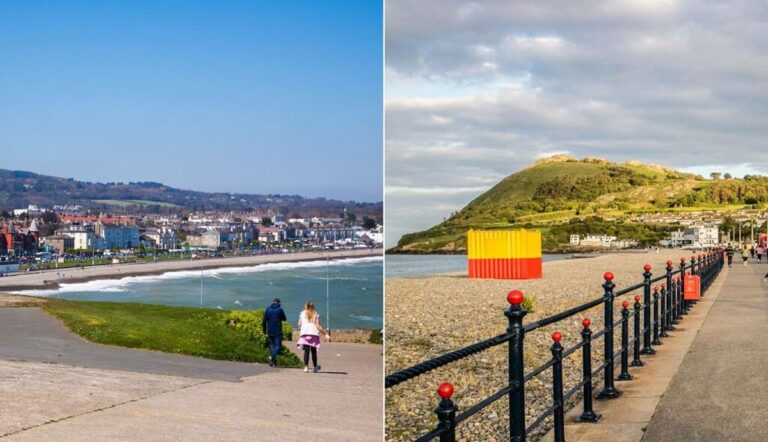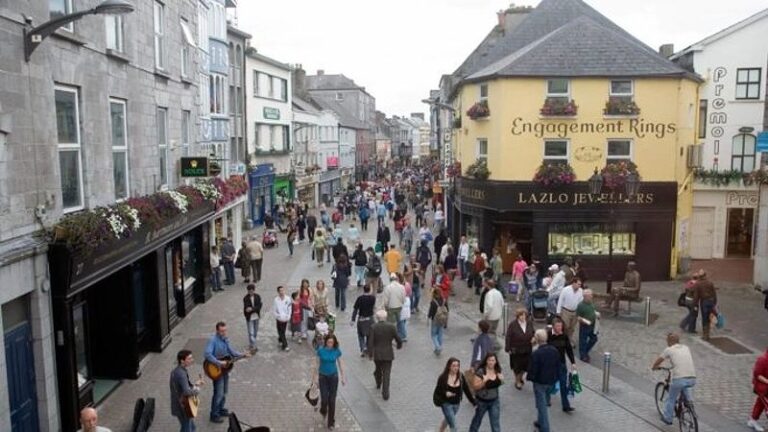Things To Do In Clonmel: A History Buff’s Guide To The Heart Of Tipperary
Uncover the captivating medieval marvels and historical gems hidden within the charming town of Clonmel, Ireland. This guide will lead you through the town’s turbulent past, from Norman strongholds to Cromwellian resistance, offering a unique glimpse into the heart of Ireland’s history. This guide will help you find the best things to do in Clonmel.
Exploring Clonmels Medieval Marvels
Clonmel, nestled in the heart of Ireland’s Suir River Valley, is a town steeped in a rich and captivating history. As a strategic stronghold during the Norman invasion, Clonmel has played a pivotal role in shaping the story of Ireland for centuries. For the history enthusiast, exploring the town’s well-preserved medieval sites is a journey through the country’s captivating past.
Fethard: Stepping Back in Time
Just north of Clonmel lies the town of Fethard, boasting one of Ireland’s most complete medieval town walls. Established in the 13th century, this 1,125-meter stone wall, with over 90% of its original structure still intact, is a testament to the town’s strategic importance during the Middle Ages. Venture within the walls and you’ll discover a labyrinth of 15th-century townhouses, friaries, and a 13th-century church, all adding to Fethard’s timeless charm.
Fethard is also known for its annual Horse Show, a prestigious event that attracts top riders from across Ireland and beyond. This event, held in August, showcases the town’s long-standing tradition of equestrian excellence and offers a vibrant spectacle for visitors. The show traces its roots back to the 18th century, when the town was a center for horse breeding and racing. Today, it remains a highlight of the local calendar, attracting thousands of spectators each year. While some may find the town’s historical preservation to be a bit too “museum-like,” it offers a unique opportunity to experience a medieval town in a remarkably well-preserved state.
Cahir Castle: A Fortified Legacy
Another must-see destination for history buffs is Cahir Castle, one of Ireland’s largest and best-preserved medieval fortifications. Perched on a rocky island in the River Suir, this impressive stronghold has origins dating back to the 12th century, though much of its current architecture hails from the 16th century. As you explore the castle’s formidable structure, you can walk through its working portcullis, machicolations, dungeons, and secret passages, immersing yourself in the atmosphere of a bygone era.

Cahir Castle was owned by the Butler family, the Earls of Ormond, for centuries. The Butlers were powerful figures in Irish history, often siding with the English Crown. However, during the Irish Wars of Independence (1919-1921), the castle was occupied by the Irish Republican Army (IRA) for a brief period. This event highlights the complex relationship between the castle and the broader political landscape of Ireland. While some may find Cahir Castle less significant than other historical sites in Ireland, its connection to the Butlers and its role in the Irish Wars of Independence add a unique layer of intrigue to its history.
The Rock of Cashel: A Seat of Power
No journey through Clonmel’s history would be complete without a visit to the nearby Rock of Cashel, the former seat of the Kings of Munster. This rugged limestone outcrop is crowned with a collection of medieval monuments, including the 12th-century Cormac’s Chapel, a round tower, a 13th-century cathedral, and a 15th-century castle. The architectural grandeur of the site is breathtaking, and the views from the rock are equally stunning, offering a panoramic vista of the surrounding countryside.

The Rock of Cashel remains a significant site for the Catholic Church, and it has been visited by several Popes, including Pope John Paul II in 1979. The site’s historical and religious significance continues to attract visitors from around the world, who come to experience its awe-inspiring architecture and learn about its rich history and spiritual heritage. However, visitors should be aware that the Rock of Cashel can be quite crowded, especially during peak season.
Clonmels Cultural Heritage
Beyond the town’s renowned historical sites, Clonmel offers a wealth of opportunities for history enthusiasts to explore the region’s cultural heritage.
The Main Guard: A Courthouse with a Story
In the heart of Clonmel, the Main Guard building stands as a testament to the town’s judicial power during the Palatinate of County Tipperary. This 17th-century courthouse features a five-bay arcade, with columns made from the recycled sandstone of the dissolved Inislounaght Abbey. The Main Guard’s history is equally fascinating, as it was the site of the trial and execution of the Roman Catholic priest Nicholas Sheehy during the Penal Laws era, highlighting the religious tensions that characterized this period in Irish history.

The Main Guard’s association with the trial and execution of Nicholas Sheehy has also attracted interest from “dark tourism” enthusiasts, who are drawn to places with a strong historical and often tragic past. Visiting the Main Guard provides a unique opportunity to reflect on the complexities of Clonmel’s past and the judicial system that shaped it.
Tipperary County Museum: Uncovering the Region’s Heritage
For a comprehensive understanding of Clonmel and the surrounding region’s history, a visit to the Tipperary County Museum is a must. This collection of 25,000 artifacts covers the area’s military, social, and cultural past, with highlights including the jersey worn by Gaelic footballer Mick Hogan during the Bloody Sunday massacre (1920) and Ireland’s first Olympic medal, won in 1904 by T.F. Kiely. The museum’s diverse collection provides a well-rounded perspective on the region’s history, from its ancient roots to more recent events.

Interactive exhibits and knowledgeable staff enhance the experience, making it an excellent destination for families and solo travelers alike. The museum not only showcases the rich history of Clonmel but also tells the stories of the people who have shaped the region over the centuries. Whether you’re a history buff or simply curious, the Tipperary County Museum offers something for everyone.
Things to Do in Clonmels Surrounding Landscape
While Clonmel’s historical sites within the town itself are captivating, the surrounding landscape also offers a wealth of opportunities for the history enthusiast to explore.
Ormond Castle: An Elizabethan Gem
Just a short drive from Clonmel, the town of Cahir is home to Ormond Castle, Ireland’s finest Elizabethan manor house. Constructed by Thomas Butler, the 10th Earl of Ormond, in the 1560s, this unfortified building is a remarkable example of architecture from a time of conflict in Ireland. Admire the castle’s ornate oriel, the sumptuous gallery, and the impressive fireplaces that hint at the building’s former grandeur, all set against the backdrop of the remnants of the 14th-century castle that once stood on the site.
Ormond Castle offers interactive exhibits and multimedia displays, which bring its history to life for visitors of all ages, making it a truly engaging experience for modern travelers. Guided tours often reveal the history of the Butler family, their influence in Irish history, and their connections to the broader political landscape of the time. Exploring the castle grounds offers a chance to appreciate the stunning gardens and scenic views of the River Suir, making it a delightful outing for any traveler.
Slievenamon: A Mountain of Mythology
Towering over Clonmel to the northeast is the 721-meter-high Slievenamon, a hill steeped in Irish mythology. According to legend, the “Mountain of the Women” was the site of a race run by women to win the hand of the warrior Fionn mac Cumhaill, who was already in love with one of the participants, Gráinne. Today, visitors can explore the hillsides and summit, where they’ll find Neolithic burial cairns and panoramic views across the surrounding countryside, immersing themselves in the rich folklore and ancient heritage of the region.
Hiking Slievenamon offers not only a physical challenge but also a spiritual connection to the land. The trails meander through lush landscapes, providing opportunities to encounter local wildlife and enjoy the breathtaking scenery. As you ascend, take a moment to reflect on the legends that have been passed down through generations, enriching your experience on this ancient mountain.
The Comeragh Mountains: A Natural Sanctuary
For those seeking to immerse themselves in the natural beauty of Clonmel’s surroundings, the Comeragh Mountains, located just southeast of the town, offer a true sanctuary for walkers and climbers. This dramatic landscape, sculpted by glaciation, is home to spectacular coums (or cirques) — amphitheatre-like depressions ringed by towering cliffs and dark loughs. A hike through the Comeragh Mountains promises breathtaking vistas and a chance to connect with the region’s rugged natural heritage, complementing the town’s deep-rooted historical charm.
The Comeragh Mountains are a paradise for outdoor enthusiasts. Whether you’re an experienced climber or a casual walker, the diverse trails cater to all levels of fitness. As you traverse the paths, you’ll encounter stunning waterfalls, serene lakes, and panoramic views that make every step worthwhile. Don’t forget your camera; the landscapes are truly picture-perfect and provide a wonderful backdrop for capturing your adventures.
Clonmels Allure: Unraveling the Past, Embracing the Present
The town of Clonmel has seen a surge in tourism in recent years, driven by the growing popularity of heritage tourism. Travelers are increasingly seeking authentic experiences that connect them to the history and culture of their destinations. Clonmel, with its wealth of historical sites and charming atmosphere, perfectly caters to this trend, offering visitors a unique opportunity to immerse themselves in the rich tapestry of Irish history.
From the well-preserved medieval marvels of Fethard and Cahir Castle to the spiritual sanctuary of St. Patrick’s Well, Clonmel’s historical attractions are complemented by a vibrant cultural heritage. The town’s pubs and restaurants invite you to indulge in hearty Irish stews, savor fresh seafood chowders, and raise a glass to the local Bulmers cider, all while enjoying the warm hospitality of the locals.
Immerse yourself in the captivating history and natural beauty of Clonmel, and you’ll discover a place that will stay with you long after your visit. Whether you’re a history buff, a nature enthusiast, or simply a curious traveler, this charming town in the heart of Ireland’s Suir River Valley has something to captivate and delight.
FAQ
Q: What is the best time of year to visit Clonmel?
A: Clonmel is enjoyable year-round, but spring and autumn offer pleasant weather and fewer crowds. Each season brings its own charm, from blooming flowers in spring to the vibrant colors of autumn foliage.
Q: Are there any historical tours available in Clonmel?
A: Yes, several organizations offer guided tours of Clonmel’s historical sites, including Cahir Castle, the Rock of Cashel, and Fethard. These tours provide insights into the rich history and stories behind each landmark.
Q: How long do I need to spend in Clonmel to see the historical highlights?
A: Two to three days would allow ample time to explore Clonmel’s main historical attractions, with the option to visit nearby sites like Ormond Castle and Slievenamon. This timeframe also allows for leisurely exploration of the town’s charming streets and local culture.
Q: Is Clonmel suitable for solo female travelers?
A: Absolutely! Clonmel is a welcoming town with friendly locals and a safe atmosphere. Many solo female travelers have found the town’s historical sites and natural beauty to be an enriching and enjoyable experience.
Q: What are some local dishes I should try while in Clonmel?
A: Indulge in hearty Irish stews, savor fresh seafood chowders, and raise a glass to the local Bulmers cider, all while enjoying the warm hospitality of Clonmel’s pubs and restaurants.






